Name Reino Hayhanen | Rank Lieutenant Colonel | |
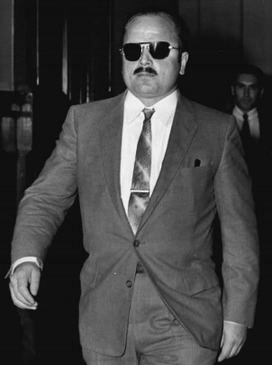 | ||
Born May 14, 1920Saint Petersburg, Russia ( 1920-05-14 ) Died 1961 (aged 40–41)Pennsylvania Turnpike, United States | ||
Reino Häyhänen (May 14, 1920 – 1961) was an Ingrian Finnish origin Soviet-born Lieutenant Colonel who defected to the United States.
Contents
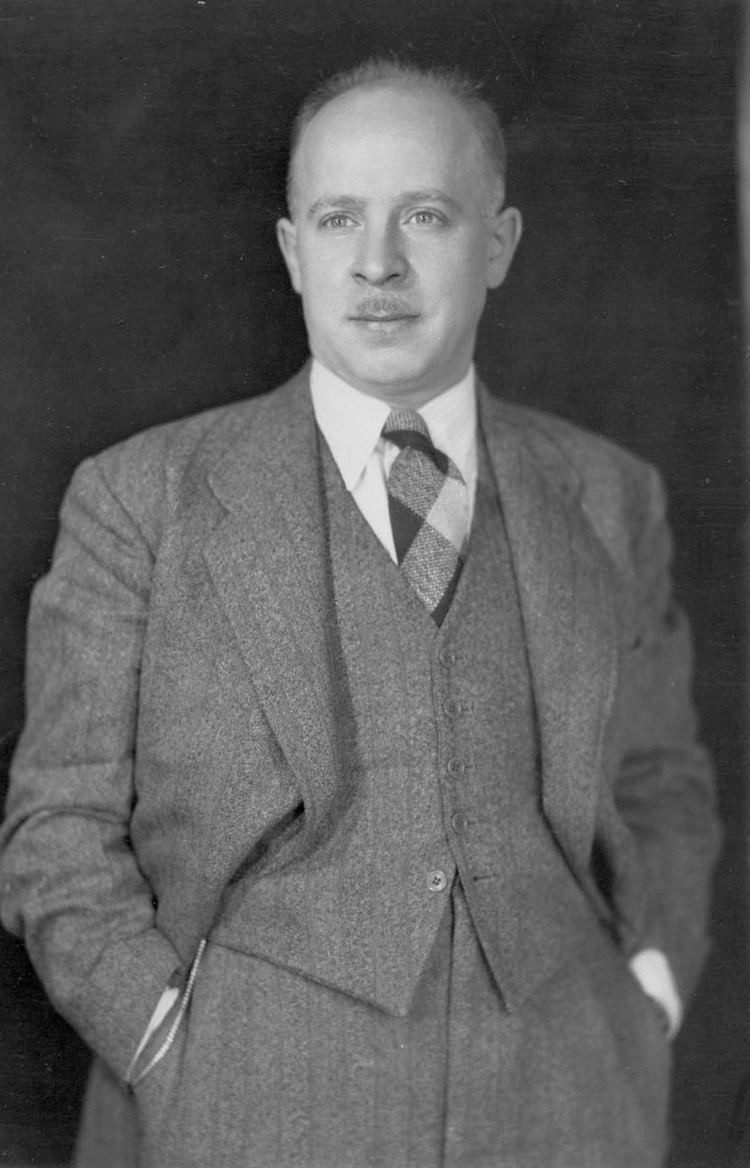
Birth and education
Born into a peasant family near Petrograd, Häyhänen rose above his modest background to become an honor student and, in 1939, obtained the equivalent of a certificate to teach high school. In September 1939, Häyhänen was appointed to the primary school faculty in the village of Lipitzi. Two months later, however, he was conscripted by the Communists' secret police, the NKVD. Since he had studied the Finnish language and was very proficient in its use, Häyhänen was assigned as an interpreter to an NKVD group and sent to the combat zone to translate captured documents and interrogate prisoners during the Winter War. With the end of this war in 1940, Häyhänen was assigned to check the loyalty and reliability of Soviet workers in Finland and to develop informants and sources of information in their midst. His primary objective was to identify anti-Soviet elements among the intelligentsia.
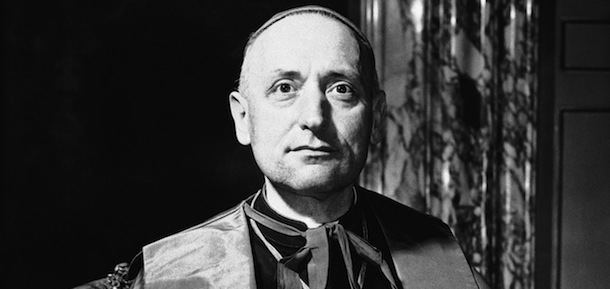
Häyhänen became a respected expert in Finnish intelligence matters and in May 1943, was accepted into membership in the Soviet Communist Party. Following World War II, he rose to the rank of senior operative authorized representative of the Segozerski district section of the NKGB and, with headquarters in the village of Padani, set about the task of identifying dissident elements among the local citizens.
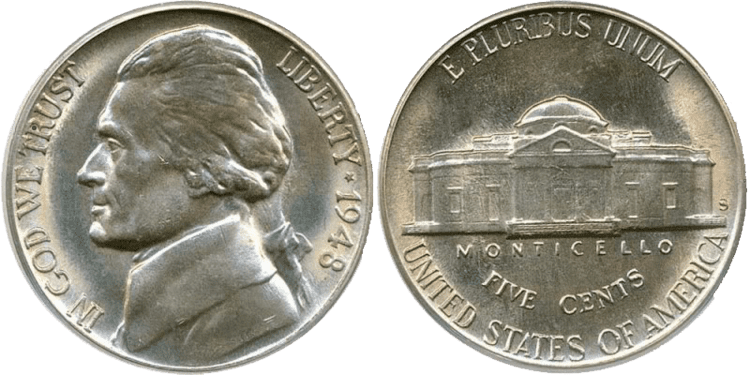
In the summer of 1948, Häyhänen was called to Moscow by the KGB where he met his wife, Akilina Pavolva. The Soviet intelligence service had a new assignment for Häyhänen - one which would require him to sever relations with his family, to study the English language, and to receive special training in photographing documents, as well as to encode and decode messages.
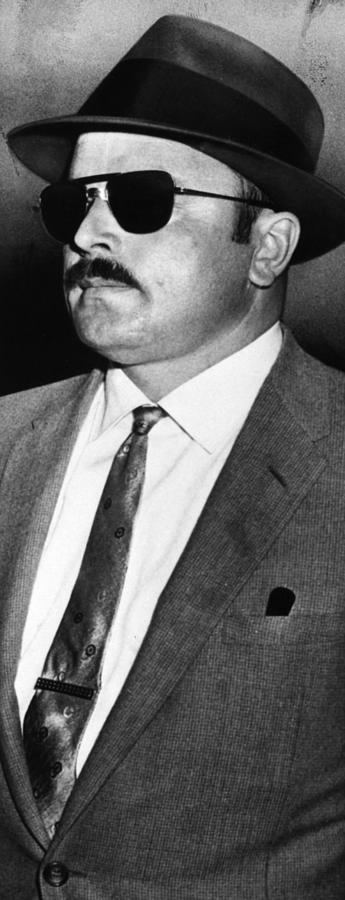
While his KGB training continued, Häyhänen worked as a mechanic in the city of Valga, Estonia. Then, in the summer of 1949, he entered to Finland by the Soviet naval base in Porkkala as Eugene Nicolai Mäki, an American-born laborer. He would later be stationed in the United States.
Defection
Häyhänen was being recalled to Moscow for good, and defected on the way back in Paris. In May 1957, Häyhänen telephoned the United States Embassy in Paris and arrived at the Embassy for an interview. He said: "I'm an officer in the Soviet intelligence service. For the past five years, I have been operating in the United States. Now I need your help." He had been ordered to return to Moscow, after five years in the United States, and now wanted to defect.
Häyhänen's defection allowed the Federal Bureau of Investigation to solve the Hollow Nickel Case, which had been opened in June 1953: the nickel contained microfilm with a series of numbers on it; however, the bureau had been unable to discover its provenance or decode the numbers. With Häyhänen's help, the FBI was able to link the nickel to KGB agents, including Mikhail Nikolaevich Svirin (a former UN employee) and Vilyam Genrikhovich Fisher (aka Rudolph Ivanovich Abel).
The deciphered message in the nickel turned out to be worthless: a personal message to Häyhänen from the KGB in Moscow welcoming him to the U.S. and instructing him on getting set up. However, he would give the FBI the information that it needed to crack the cipher, uncover the identity of his two main contacts in New York (Svirin and Fisher), and a nearly identically-made Finnish 50 mark coin.
In addition to Svirin and Fisher (code name "Mark"), Häyhänen (code name "Vic") told the FBI about Vitali G. Pavlov, onetime Soviet embassy official in Ottawa; Aleksandr Mikhailovich Korotkov; and U.S. Army Sergeant, Roy Rhodes (code name "Quebec"), who had once worked in the garage of the U.S. embassy in Moscow. The KGB was able to get to Rhodes because it had "compromising materials" about him. Häyhänen and Fisher were in the United States mainly looking for information on the U.S. atomic program and U.S. Navy submarine information.
Reino Häyhänen died in an automobile accident on the Pennsylvania Turnpike in 1961. The book Negotiator: The Life and Career of James B. Donovan by Phillip J. Bigger describes it as "mysterious".
